Magnetic Rag (1914)
Scott Joplin (1867/68 - 1917)
Sax Quartet SATB
Magnetic Rag (1914) by Scott Joplin arranged for Saxophone Quartet SATB. This was the last rag Joplin published, three years before his death in 1917. It is somewhat unique in form and in some of the musical techniques employed in the composition. The form is cyclic: that is, the opening melody is revisited at the end of the piece. Also unusual for Joplin’s work is the venture into minor keys. This piece is a product of Joplin’s “experimental” period when he attempted to fuse ragtime with elements of classical music.
This arrangement includes the following parts
- SATB Sax Quartet Score
- Soprano Sax (an alto sax substitute for soprano part is included but not shown in the score)
- Alto Sax
- Tenor Sax
- Baritone Sax
Magnetic Rag is in common time throughout. Tempo marking is “Allegretto non troppo” – a little fast but not too much. Typical ragtime syncopations throughout. Moderately wide range for all players (the alto sub for soprano part extends into the altissimo range). SATB version is grade 4 – 4.5. Moderately advanced players will be successful with this piece.
- The range for each saxophone part is shown below.
- Audio and score excerpts are available above.
About the Composer
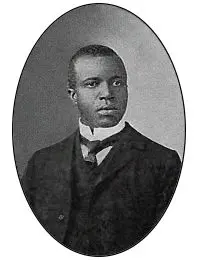 Scott Joplin (November 24, 1868 – April 1, 1917). American composer and pianist.
Scott Joplin (November 24, 1868 – April 1, 1917). American composer and pianist.
Scott Joplin’s is the name perhaps most associated with ragtime. Born sometime between the summer of 1867 and mid-January 1868, Joplin’s career took him from a modest homestead on the Texas-Arkansas border to New York’s Tin Pan Alley New York City, where he would eventually try his luck with composers like a young Irving Berlin. Although he continued composing until just before his death in 1917, Joplin’s greatest fame came from his years in the Midwest where he was acknowledged as the “King of Ragtime.”
Joplin enjoyed his greatest success in Sedalia, Missouri, where he studied music at George R. Smith College and played with several ensembles, among them the Queen City Cornet Band. He opened his own piano studio and taught and encouraged other composers whose names eventually joined his in ragtime history. These young talents included Arthur Marshall and Scott Hayden; Joplin collaborated with the former on the cakewalk “Swipesy” (1900) and the latter on the two-step “Sunflower Slow Drag” (1901). (Years later in New York, Joplin met and mentored another future ragtime great, Joseph Lamb.) Joplin’s musical activities in Sedalia brought him in contact with the source of ragtime-piano playing in African American social clubs. In fact, Joplin’s engagements at the popular Maple Leaf Club inspired his most famous tune, “The Maple Leaf Rag” (1899).
Joplin’s theories about ragtime are stated eloquently in his self-published School of Ragtime (1908). Written in the style of an art music treatise, School demonstrates how serious Joplin was about ragtime–a type of music that many in contemporary America condemned as frivolous. He warned that not all syncopated music “that masqueraded under the name of ragtime” was genuine. Only by giving each note its proper value and by “scrupulously observing” the music’s markings could a pianist achieve the correct effect. Above all, he cautioned, “never play ragtime fast at any time.” “Joplin ragtime,” as he termed his style, would be destroyed by careless interpretation.
Although he and his music were largely forgotten after his death, the ragtime revival of the 1970s brought Joplin renewed attention. In January 1972, his opera Treemonisha (1910), which he had been unable to stage during his lifetime, premiered in Atlanta. When his 1902 rag The Entertainer became the cornerstone for the soundtrack of the 1973 film The Sting, the popularity of ragtime soared.
Library of Congress, accessed 5/30/2024,

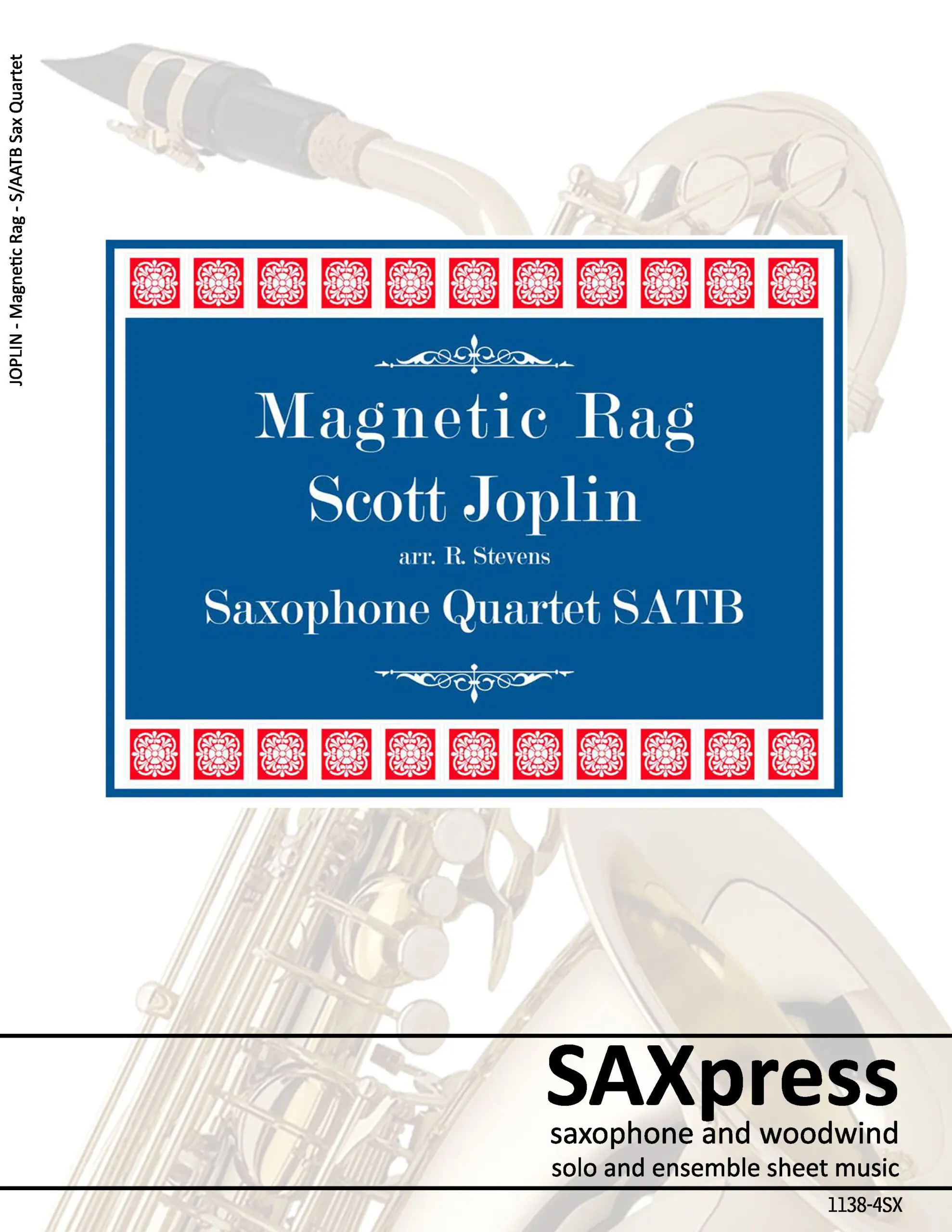
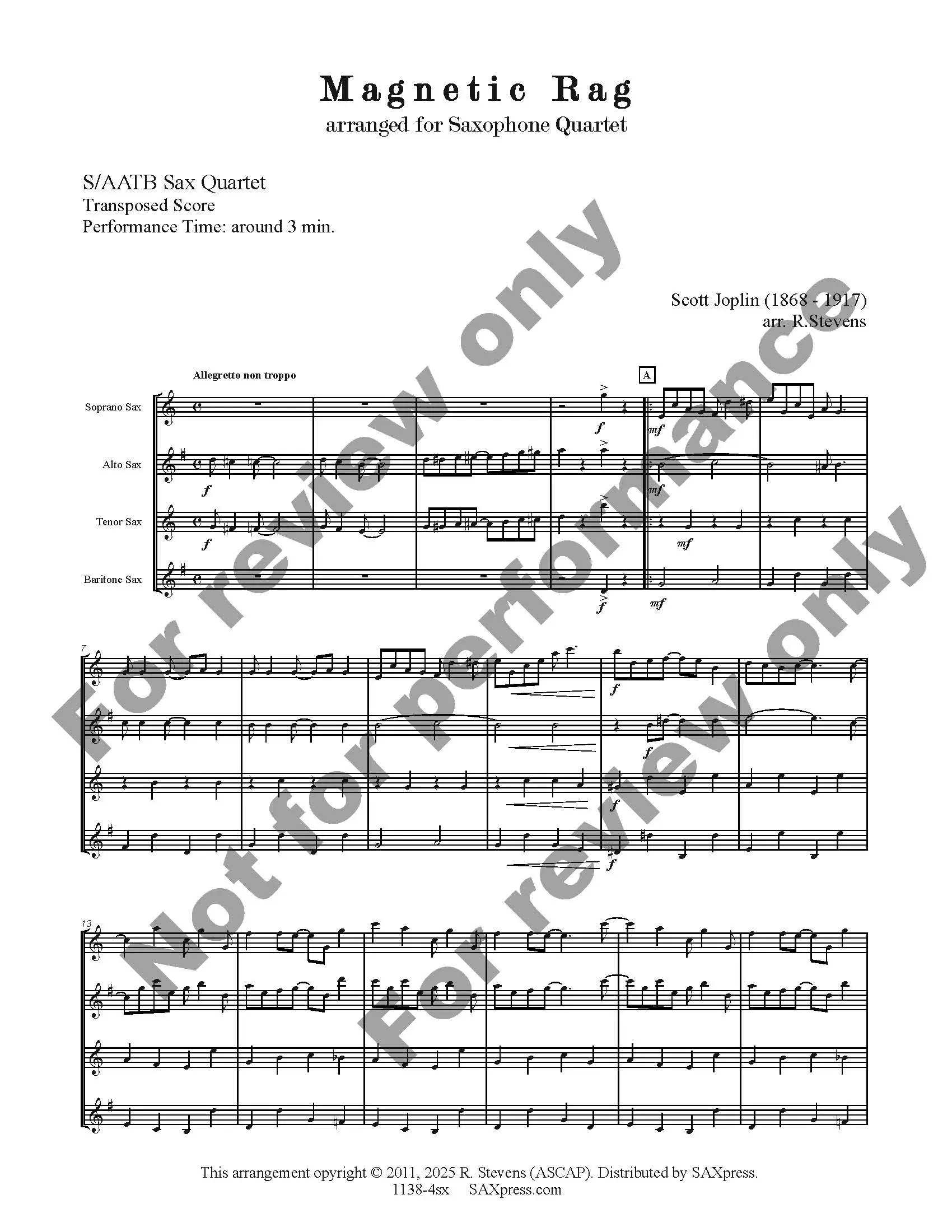
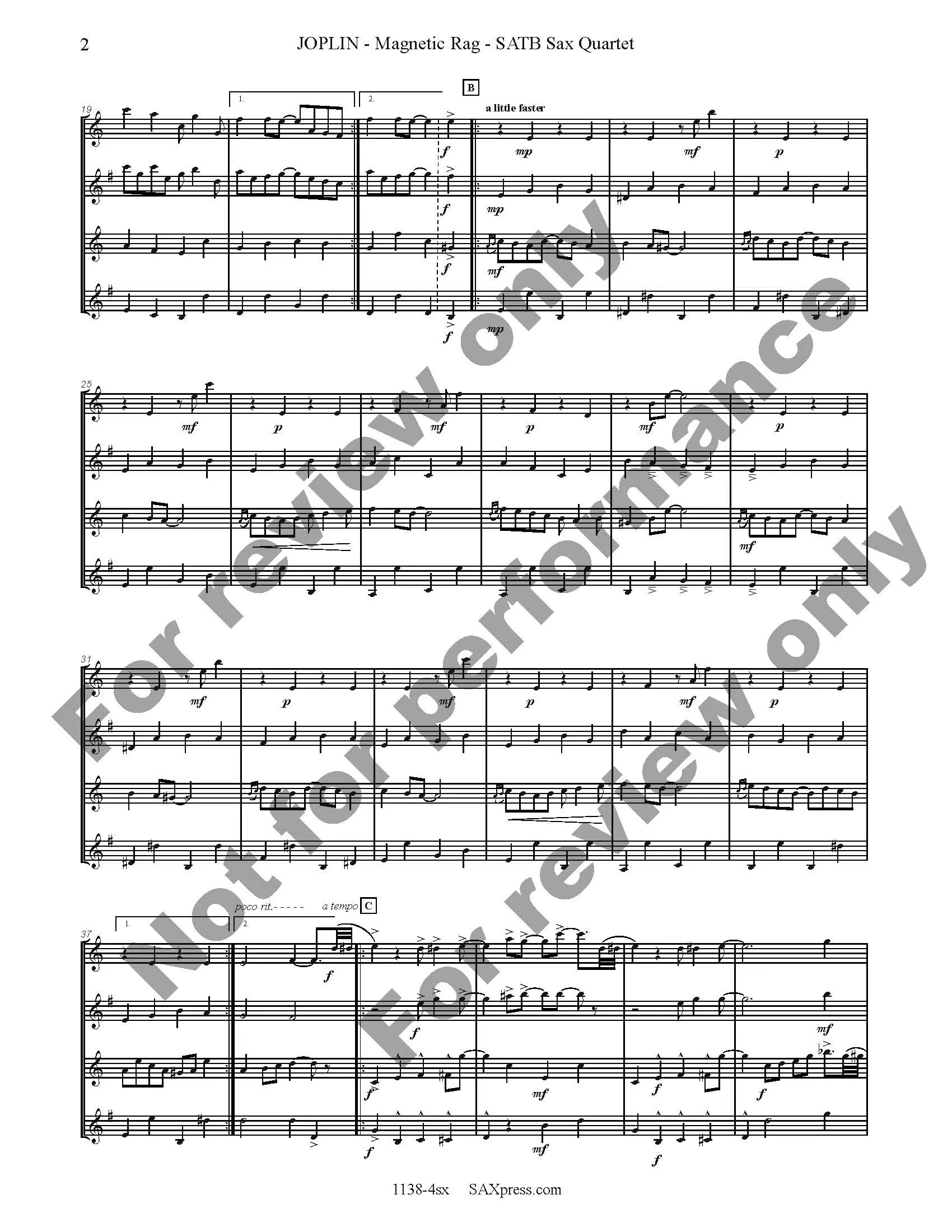
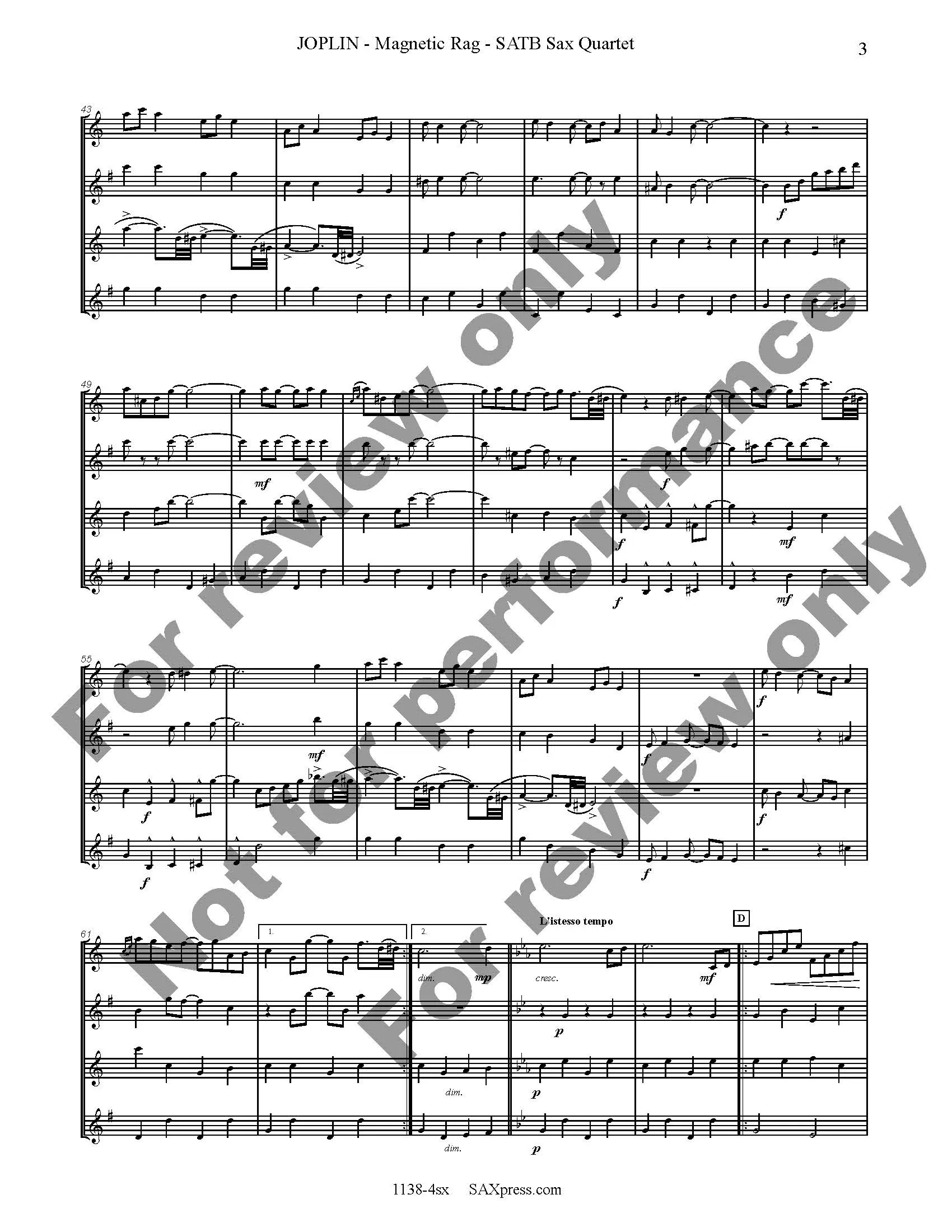
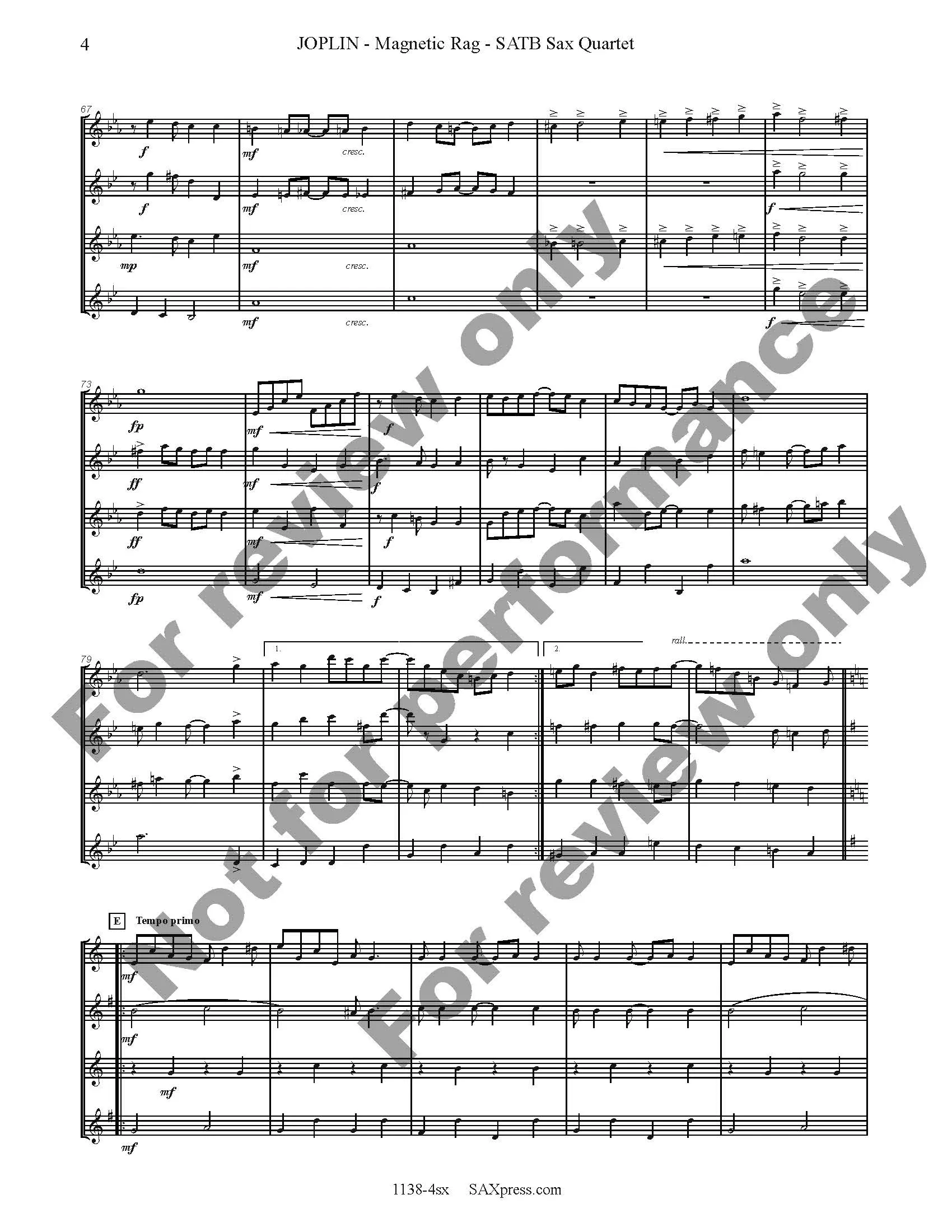
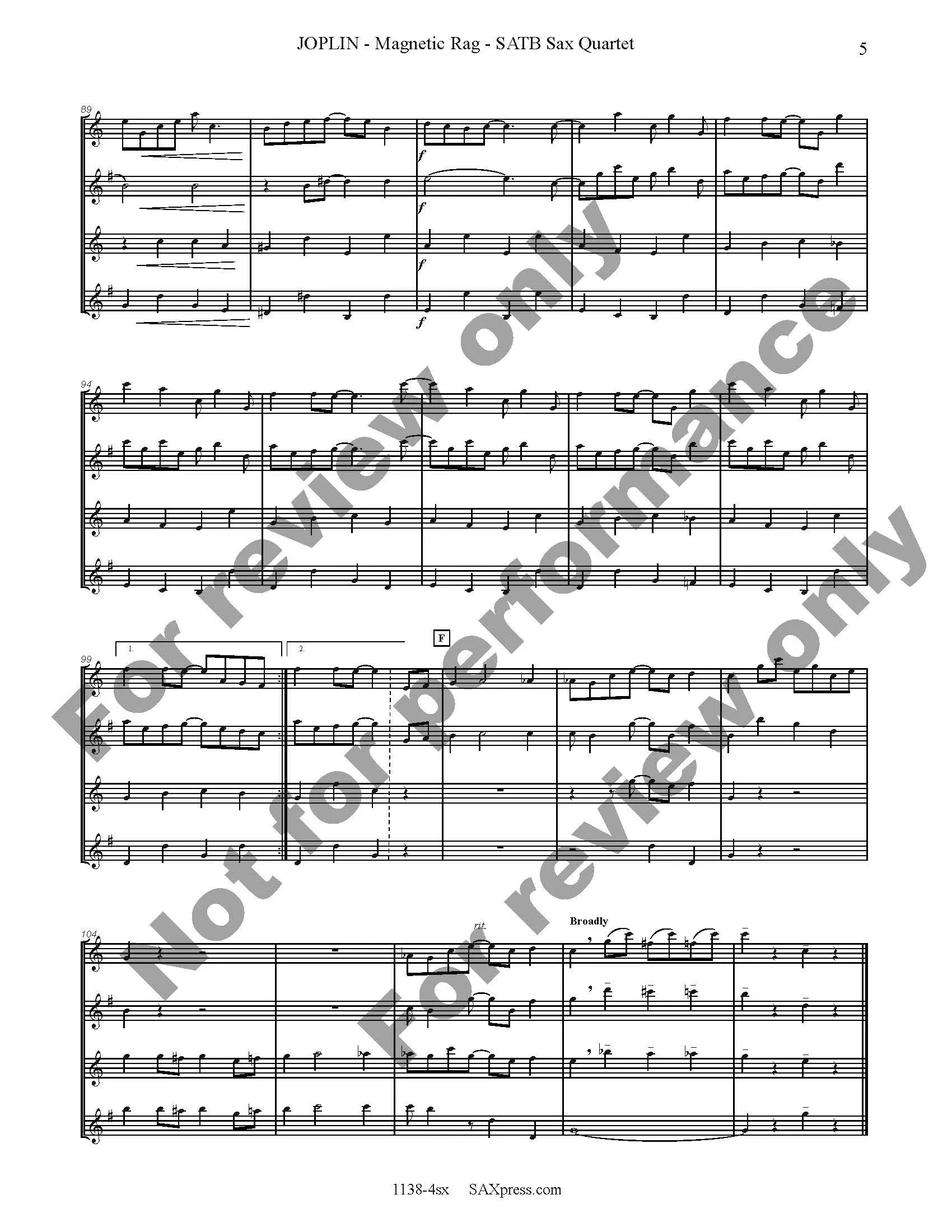
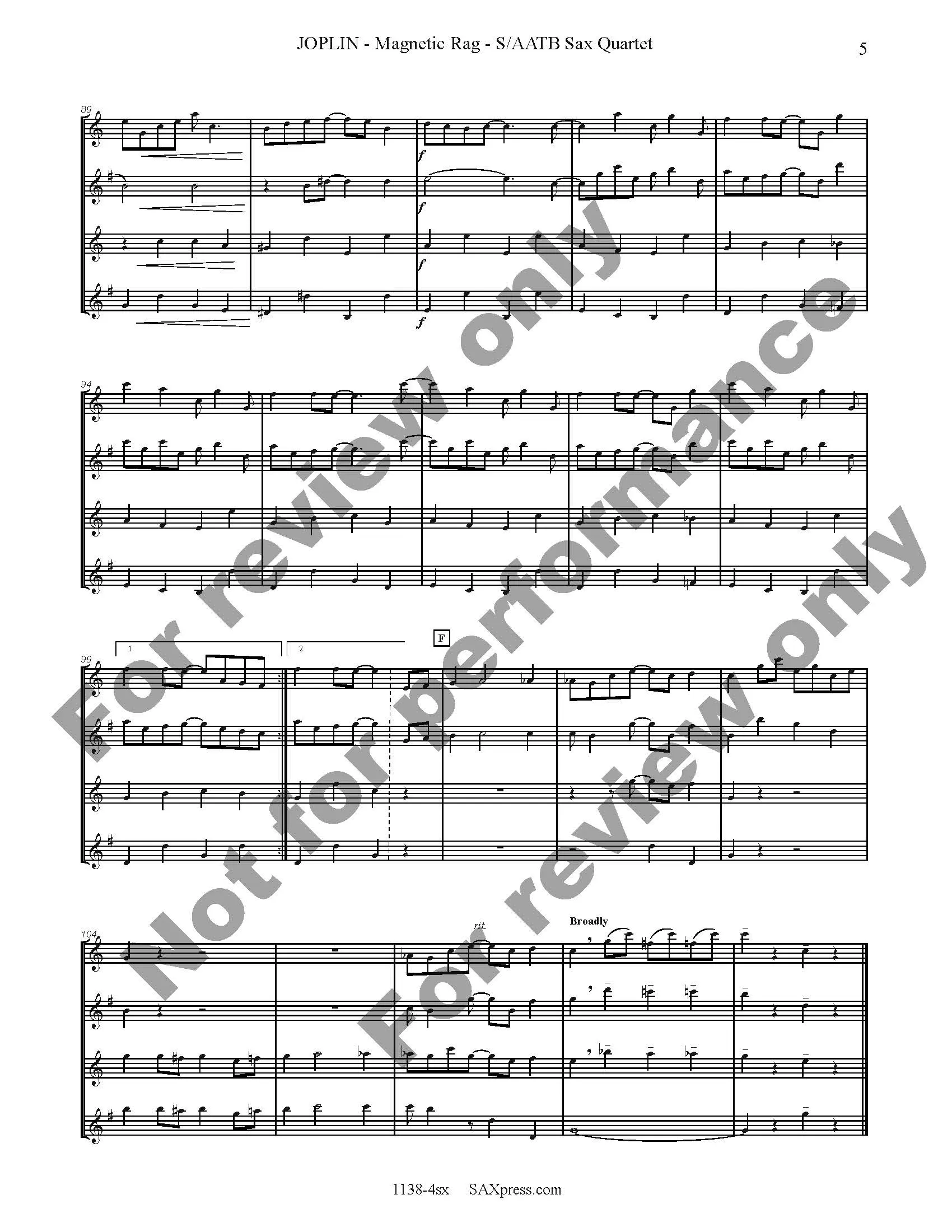

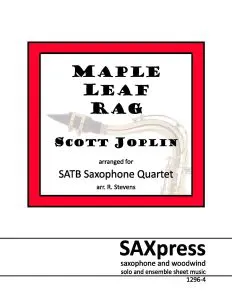
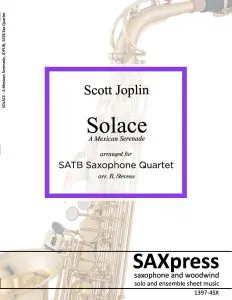
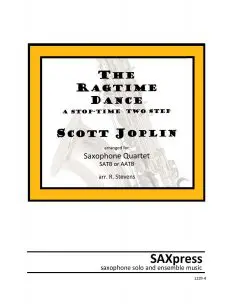
Reviews
There are no reviews yet.